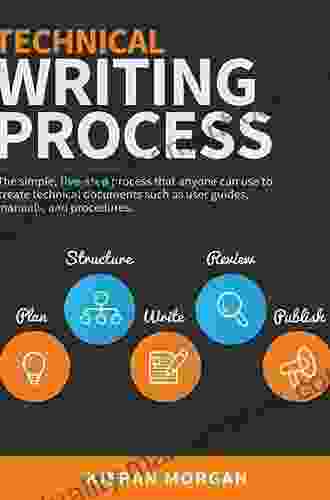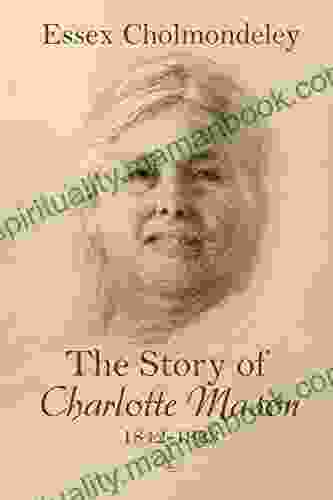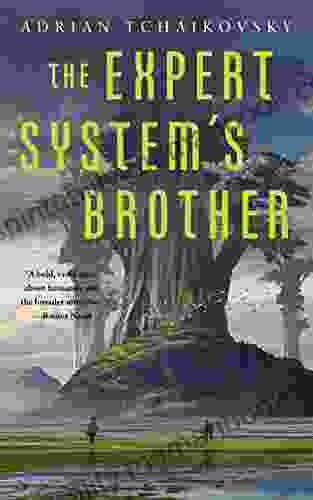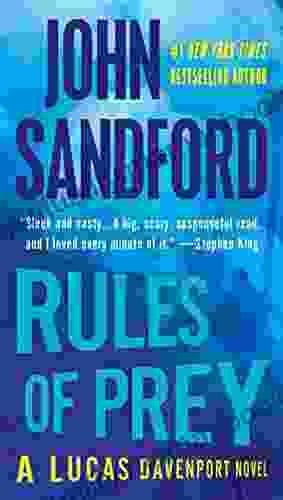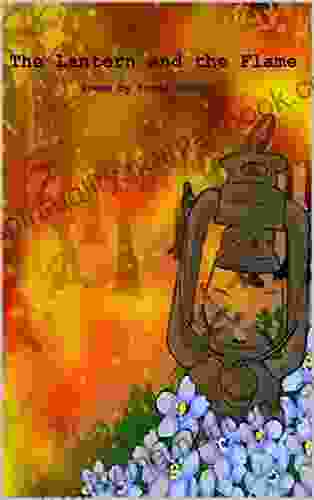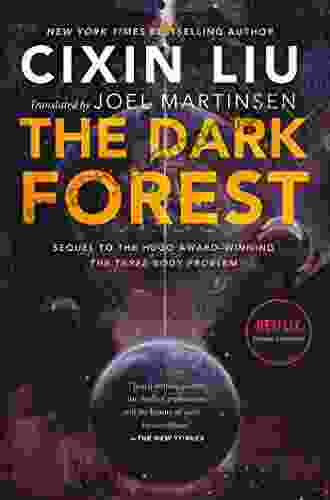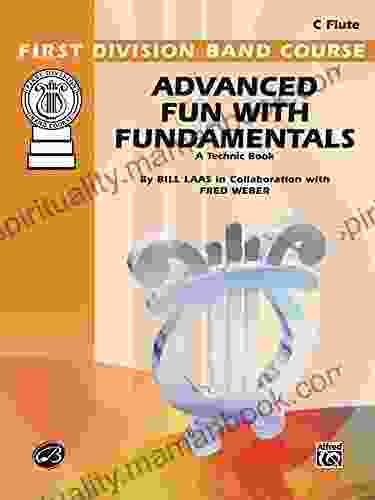The Ultimate Guide to User Guides, Manuals, and Technical Writing

User guides, manuals, and technical writing are essential components of any product or service. They provide users with the information they need to use the product or service effectively and efficiently. Well-written documentation can help users get the most out of your product or service, while poorly written documentation can lead to frustration and confusion.
In this guide, we will provide you with a comprehensive overview of user guides, manuals, and technical writing. We will cover the different types of documentation, the best practices for creating effective documentation, and the tips for writing clear and concise content.
There are many different types of documentation, each with its own purpose and audience. Some of the most common types of documentation include:
4.6 out of 5
| Language | : | English |
| File size | : | 564 KB |
| Text-to-Speech | : | Enabled |
| Enhanced typesetting | : | Enabled |
| Word Wise | : | Enabled |
| Print length | : | 248 pages |
| Screen Reader | : | Supported |
- User guides: User guides are written for end users of a product or service. They provide basic instructions on how to use the product or service, as well as troubleshooting tips and frequently asked questions.
- Manuals: Manuals are more comprehensive than user guides and provide detailed instructions on how to use a product or service. They may also include technical specifications, diagrams, and troubleshooting procedures.
- Technical writing: Technical writing is a type of writing that explains complex technical concepts in a clear and concise way. It is often used to create documentation for software, hardware, and other technical products.
There are a number of best practices that you can follow to create effective documentation. These practices include:
- Write for your audience: The first step in creating effective documentation is to understand your audience. Who are they? What are their needs? What do they know about the product or service? Once you understand your audience, you can tailor your documentation to meet their specific needs.
- Be clear and concise: Your documentation should be easy to read and understand. Use clear and concise language, and avoid using jargon or technical terms that your audience may not be familiar with.
- Use visuals: Visuals can help to make your documentation more engaging and easier to understand. Use diagrams, screenshots, and other visuals to illustrate your points.
- Organize your content: Your documentation should be well-organized and easy to navigate. Use headings, subheadings, and bullet points to break up your content and make it easy to find the information you need.
- Test your documentation: Once you have written your documentation, it is important to test it with users to make sure that it is clear and easy to use. Ask users to read your documentation and then ask them questions about the product or service. This feedback will help you to identify any areas that need improvement.
Here are some tips for writing clear and concise content:
- Use active voice: Active voice is more direct and easier to read than passive voice. For example, instead of writing "The product was installed by the user," write "The user installed the product."
- Use strong verbs: Strong verbs are more descriptive and specific than weak verbs. For example, instead of writing "The user clicked the button," write "The user clicked the submit button."
- Avoid jargon and technical terms: Jargon and technical terms can be confusing for your audience. If you must use jargon, define it the first time you use it.
- Be consistent: Use consistent terminology and formatting throughout your documentation. This will make your documentation easier to read and navigate.
- Proofread your work: Before you finalize your documentation, proofread it carefully for errors. Check for typos, grammatical errors, and formatting errors.
User guides, manuals, and technical writing are essential components of any product or service. By following the best practices outlined in this guide, you can create effective documentation that will help your users get the most out of your product or service.
4.6 out of 5
| Language | : | English |
| File size | : | 564 KB |
| Text-to-Speech | : | Enabled |
| Enhanced typesetting | : | Enabled |
| Word Wise | : | Enabled |
| Print length | : | 248 pages |
| Screen Reader | : | Supported |
Do you want to contribute by writing guest posts on this blog?
Please contact us and send us a resume of previous articles that you have written.
 Top Book
Top Book Novel
Novel Fiction
Fiction Nonfiction
Nonfiction Literature
Literature Paperback
Paperback Hardcover
Hardcover E-book
E-book Audiobook
Audiobook Bestseller
Bestseller Classic
Classic Mystery
Mystery Thriller
Thriller Romance
Romance Fantasy
Fantasy Science Fiction
Science Fiction Biography
Biography Memoir
Memoir Autobiography
Autobiography Poetry
Poetry Drama
Drama Historical Fiction
Historical Fiction Self-help
Self-help Young Adult
Young Adult Childrens Books
Childrens Books Graphic Novel
Graphic Novel Anthology
Anthology Series
Series Encyclopedia
Encyclopedia Reference
Reference Guidebook
Guidebook Textbook
Textbook Workbook
Workbook Journal
Journal Diary
Diary Manuscript
Manuscript Folio
Folio Pulp Fiction
Pulp Fiction Short Stories
Short Stories Fairy Tales
Fairy Tales Fables
Fables Mythology
Mythology Philosophy
Philosophy Religion
Religion Spirituality
Spirituality Essays
Essays Critique
Critique Commentary
Commentary Glossary
Glossary Bibliography
Bibliography Index
Index Table of Contents
Table of Contents Preface
Preface Introduction
Introduction Foreword
Foreword Afterword
Afterword Appendices
Appendices Annotations
Annotations Footnotes
Footnotes Epilogue
Epilogue Prologue
Prologue Alberto Savinio
Alberto Savinio James Clavell
James Clavell Anne Peterson
Anne Peterson Duane Saylor
Duane Saylor Conor Mcpherson
Conor Mcpherson John Grumps Hamshare
John Grumps Hamshare Kendare Blake
Kendare Blake Michael Henry
Michael Henry Kelly Thompson
Kelly Thompson Jill A Lindberg
Jill A Lindberg Nicola Mar
Nicola Mar Cary David Richards
Cary David Richards Alice Ormsbee Beltran
Alice Ormsbee Beltran Elijah Muhammad
Elijah Muhammad Angela King
Angela King Sarah Mackenzie
Sarah Mackenzie Henrik Ibsen
Henrik Ibsen Larry Sitsky
Larry Sitsky Jordan Lee Knape
Jordan Lee Knape G C Roberts
G C Roberts
Light bulbAdvertise smarter! Our strategic ad space ensures maximum exposure. Reserve your spot today!

 Fabian MitchellYou Are Beautiful: A Journey of Self-Love and Empowerment by Annette Kinglock...
Fabian MitchellYou Are Beautiful: A Journey of Self-Love and Empowerment by Annette Kinglock... Rudyard KiplingFollow ·9.1k
Rudyard KiplingFollow ·9.1k Hugo CoxFollow ·5k
Hugo CoxFollow ·5k Oliver FosterFollow ·15.2k
Oliver FosterFollow ·15.2k Eric HayesFollow ·14.5k
Eric HayesFollow ·14.5k Theo CoxFollow ·16.2k
Theo CoxFollow ·16.2k Raymond ParkerFollow ·8.9k
Raymond ParkerFollow ·8.9k Rubén DaríoFollow ·8.2k
Rubén DaríoFollow ·8.2k Hector BlairFollow ·15.4k
Hector BlairFollow ·15.4k
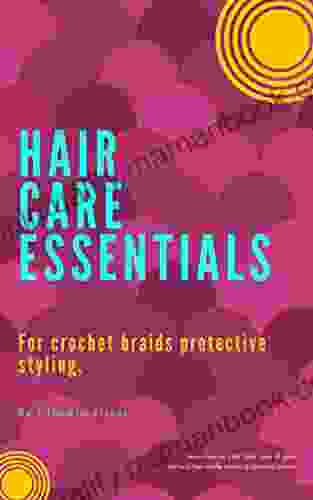
 Thomas Powell
Thomas PowellHair Care Essentials for Crochet Braids: A Protective...
Crochet braids are a versatile and...
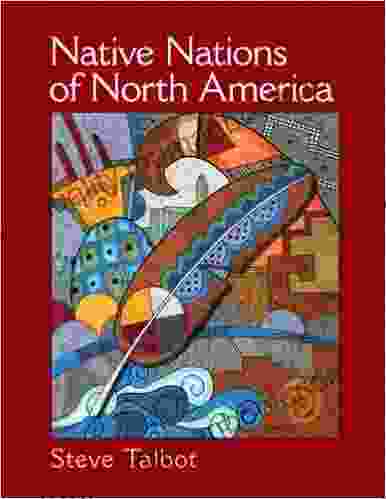
 Philip Bell
Philip BellNative Nations of North America: A Comprehensive Guide
North America is home to a...
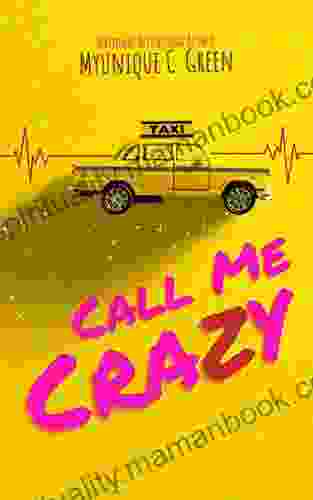
 Jackson Hayes
Jackson HayesCall Me Crazy: My Unique Journey with Green
In the kaleidoscopic tapestry of life, where...
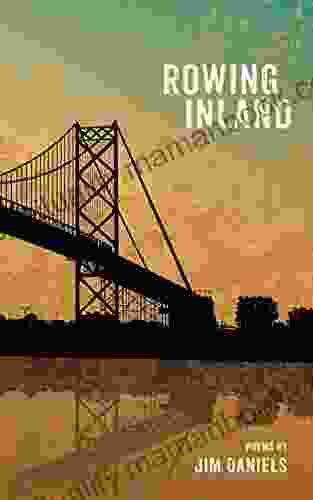
 Graham Blair
Graham BlairUnveiling the Literary Treasures of Michigan: A Journey...
The literary landscape of...
4.6 out of 5
| Language | : | English |
| File size | : | 564 KB |
| Text-to-Speech | : | Enabled |
| Enhanced typesetting | : | Enabled |
| Word Wise | : | Enabled |
| Print length | : | 248 pages |
| Screen Reader | : | Supported |


